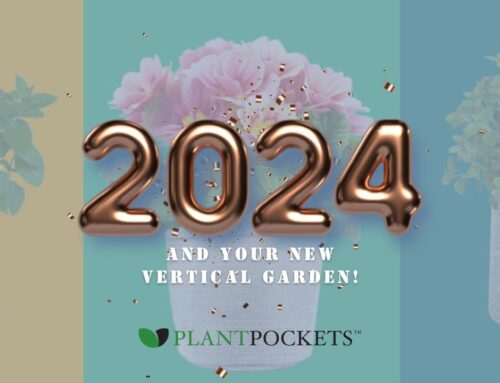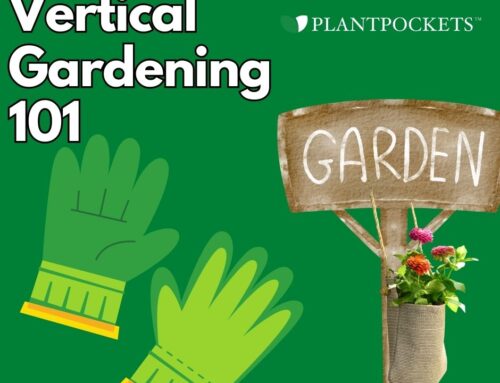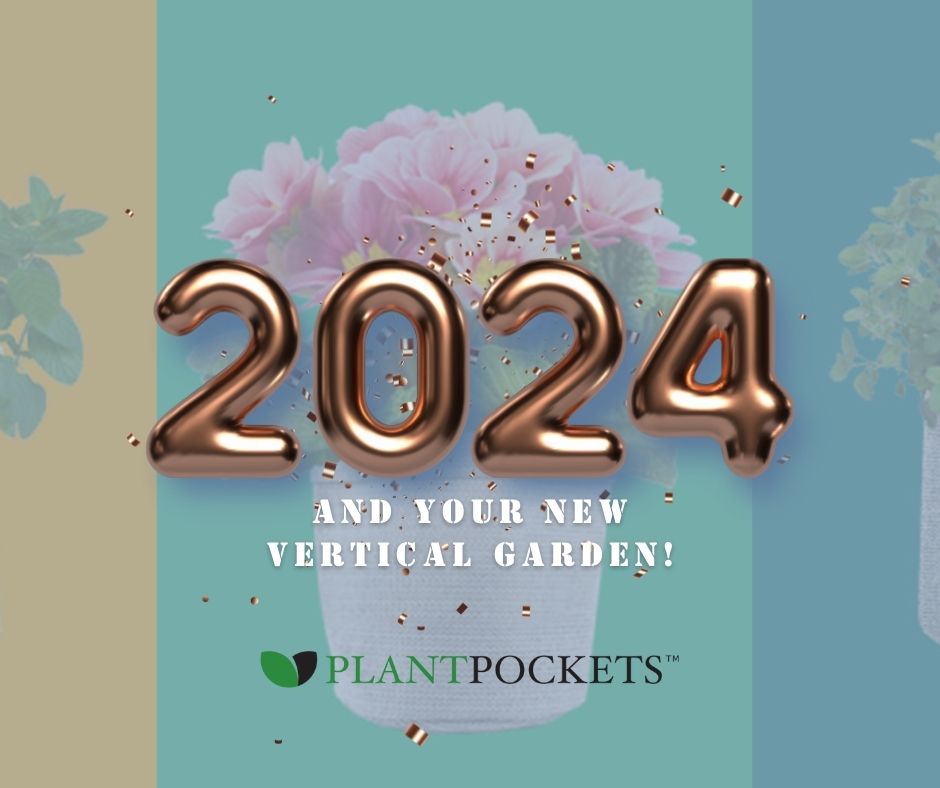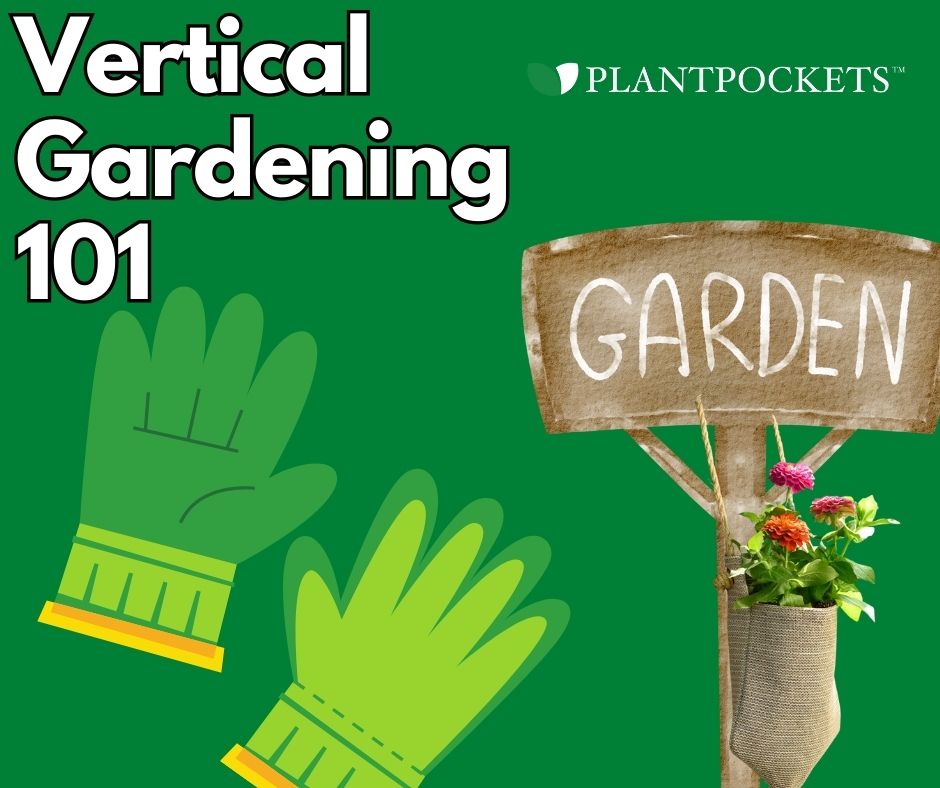Using Vertical Gardens To Support Local Pollinators
Creating vertical gardens that not only enhance the aesthetic appeal of your space but also support local pollinators like bees and butterflies is not only beneficial for the environment but also a rewarding experience for gardeners. Here are some key considerations and tips for designing vertical gardens that attract and sustain these essential pollinators:
Plant Selection:
- Native Plants: Choose native plants as they are adapted to the local climate and provide natural food sources for local pollinators.
- Diversity: Include a variety of flowering plants with different shapes, colors, and bloom times to attract a diverse range of pollinators.
Plant Placement:
- Layering: Design your vertical garden with layers, mimicking the natural ecosystem. Place taller plants at the back and shorter ones in the front.
- Sunlight: Consider the sunlight requirements of the plants. Place sun-loving plants where they receive adequate sunlight and shade-loving plants in shadier spots.
- Accessibility: Ensure that the plants are easily accessible to pollinators. Avoid overcrowding and provide enough space for butterflies and bees to land and feed.
Flowering Plants:
- Nectar-Rich Flowers: Choose plants that produce nectar, such as lavender, bee balm, salvia, and coneflowers. These are favorites among bees and butterflies.
- Host Plants: Include host plants that caterpillars feed on, like milkweed for monarch butterflies. Host plants are essential for the complete life cycle of butterflies.
Water Sources:
- Birdbaths or Small Ponds: Provide a water source, such as a shallow birdbath or a small pond. Pollinators need water not just for drinking but also for reproduction.
- Watering Schedule: Maintain a consistent watering schedule to keep the soil moist, especially during dry periods. This ensures that plants produce enough nectar for the pollinators.
Avoid Pesticides:
- Natural Pest Control: Encourage natural predators like ladybugs and praying mantises to control pests instead of using chemical pesticides, which can harm pollinators.
- Companion Planting: Planting certain species together can naturally deter pests, reducing the need for harmful chemicals.
Maintenance:
- Pruning: Regularly prune your vertical garden to remove dead or diseased plants. This promotes healthier growth and more blooms, benefiting pollinators.
- Observation: Observe the garden regularly to identify any issues. Address problems promptly to maintain a hospitable environment for pollinators.
By implementing these strategies and having your PLANTPOCKETS™ vertical grow bags by your side will allow you to design a vertical garden that not only adds beauty to your surroundings but also provides a habitat and food source for essential pollinators like bees and butterflies, contributing to the overall health of the ecosystem.





